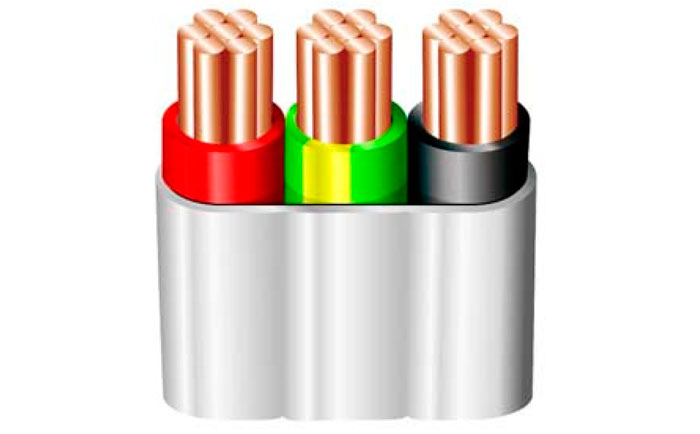Prompted by a comment in this thread: Have you ever done it like this?
I thought it would be worth airing some opinions on the purpose of 'earth sleeving':
(a) According to BS 7671 (what Regulations require it, and for what purpose?)
(b) According to other risk reduction measures


